
From traditional brokers to tech-led platforms: How B2B insurance is changing in Singapore
By Tarun MathurB2B insurance has traditionally relied on one thing above all: trusted human advice
When it comes to innovation in financial services, Singapore often punches well above its weight. Over the last decade, the country has transformed into a magnet for startups, a gateway for Southeast Asia’s small and medium-sized enterprises (SME), and a proving ground for what’s next in fintech and insurance.
But here’s what often goes unnoticed: whilst business-to-consumer fintech in Singapore has scaled rapidly, the business-to-business (B2B) side of insurance has only recently begun its transformation – and that evolution is telling us something important about the future of commercial risk, capacity, and the invisible infrastructure that supports enterprise growth.
We’re witnessing a quiet reordering of how insurance is discovered, bought, underwritten, and even reinsured. And Singapore, with its digitally mature SMEs and progressive regulators, is offering a glimpse of what that next chapter could look like--not just in Southeast Asia, but across emerging markets.
The distribution shift isn’t about disruption – it’s about acceleration
B2B insurance has traditionally relied on one thing above all: trusted human advice. Commercial policies require context, negotiation, and customisation. Brokers have long played that role.
But the modern SME wants more – speed, transparency, and the ability to compare and customise without multiple phone calls. Most of all, it wants predictability and control, features that don’t emerge naturally from legacy models.
Tech-led platforms are stepping in to close that gap. These aren’t just online quote tools.
They’re becoming full-stack advisors, blending underwriting intelligence, sector-specific insights, and dynamic pricing. A logistics SME can assess transit risk in minutes. A digital startup can access bundled cyber products without weeks of paperwork.
This isn’t about cutting out brokers. It’s about making advisory scalable and responsive. Platforms are reshaping how commercial risk is aggregated
At the heart of this transformation is data – clean, granular, structured data that gives insurers and reinsurers the confidence to write risk intelligently.
Historically, SME insurance books were small-ticket, opaque, and volatile. But as platforms digitise and structure these policies, they’re transforming fragmented exposures into well-defined, aggregated portfolios. This isn’t just a win for customers – it’s a seismic shift for reinsurance.
Asia’s protection gap, estimated at over $900b, illustrates how urgently capacity needs to be reimagined. Smarter platforms, those that enable dynamic pricing and granular risk mapping, allow insurers and reinsurers to share exposure more effectively.
Suddenly, primary insurers can access dashboards showing real-time claims experience. Reinsurers, in turn, can evaluate SME books with far greater confidence. We’re no longer working with approximations, we’re working with evidence.
This also opens the door for creative risk-sharing models: quota share treaties on SME portfolios, parametric covers for commercial property, or on-demand facultative reinsurance for fast-growing verticals. These are no longer theories – they’re becoming operational reality.
Singapore is the sandbox and reinsurers are on the front row
Singapore’s unique position in the global insurance ecosystem cannot be overstated. It is home to over 80 reinsurance brokers and regional headquarters of the world’s leading reinsurers, making it one of the most important hubs in the region.
For many reinsurers who underwrite Indian risks, Singapore serves as a strategic operational base. Even those not directly present in India often engage with the Indian market through Singapore.
This makes Singapore a crucial node for accessing Indian insurance opportunities – and vice versa. Indian markets, with their scale and diversity, are equally vital for reinsurers based in Singapore looking to expand their book across emerging economies.
Both the Monetary Authority of Singapore and the Insurance Regulatory and Development Authority of India have demonstrated a strong commitment to global regulatory collaboration – actively engaging in international forums such as the International Association of Insurance Supervisors to foster innovation, cross-border supervision, and information exchange.
That’s where digital infrastructure becomes vital.
A new wave of Indian platforms is bridging this gap by building real-time digital interfaces that allow reinsurers to access fact slips instantly – without delays, follow-ups, or market visits. These interfaces are designed not just for speed but for essential data transparency, helping reinsurers assess capacity more confidently.
They get visibility into India’s fast-evolving SME insurance ecosystem and can participate in capacity-building without having to visit physical markets. This isn’t just about information access – it’s about market participation at scale, powered by digital confidence.
What comes next: Convergence and credibility
What we’re seeing in Singapore is not a one-off trend. It’s the early signal of a larger convergence – where distribution, underwriting, and reinsurance are connected through smarter platforms and cleaner data.
For those of us building in this space, the opportunity is not just to digitise insurance – it’s to reshape how risk itself is understood and priced. That requires credibility – not just in design, but in actuarial depth, claims governance, and capital partnerships.
It also demands a new class of reinsurers – those who aren’t constrained by legacy cycles, but who are architected to power this new rhythm of risk.
Singapore is showing that the future of B2B insurance won’t be loud. But it will be smart, fast, and built to last.








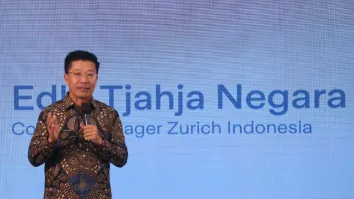

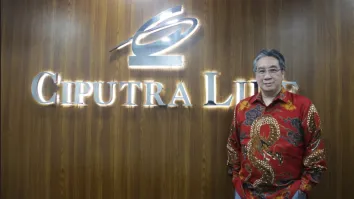


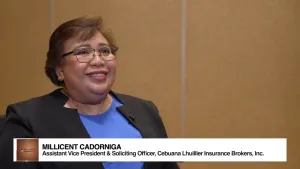
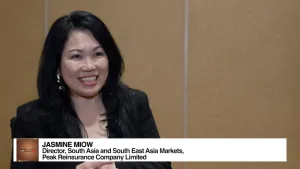
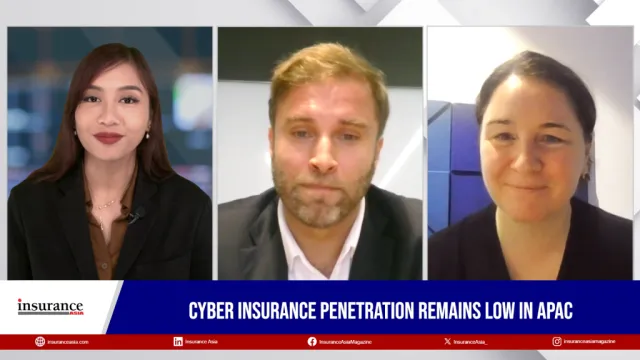



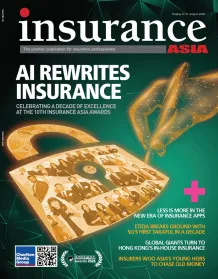
 Advertise
Advertise








